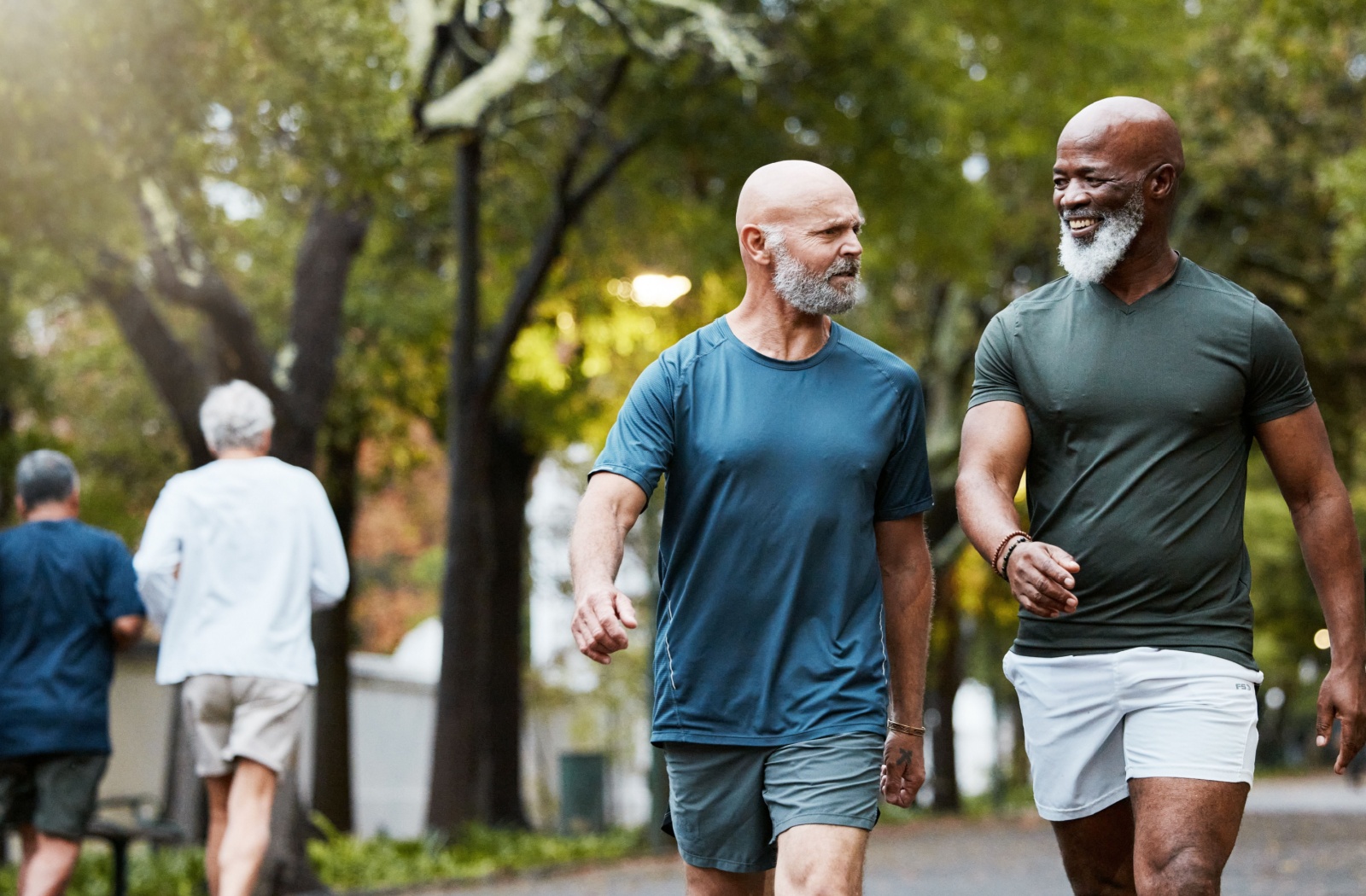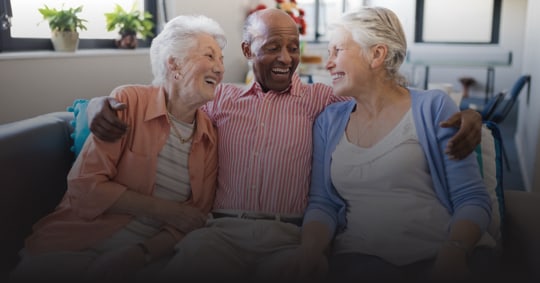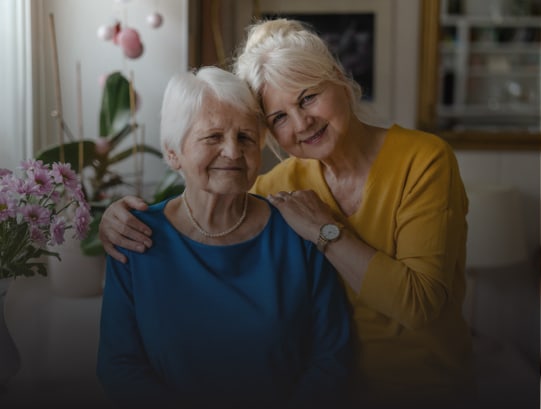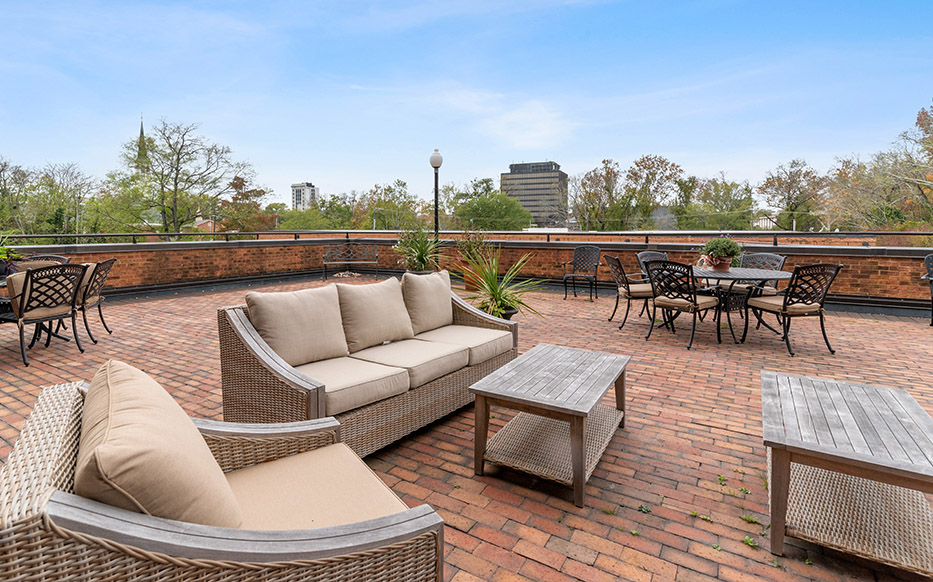Staying active doesn’t require intense workouts or complex routines. Low-impact cardio is a safe, effective way for seniors to stay healthy and independent, boosting heart health while being easy on the body.
Some of the recommended low-impact cardio exercises for seniors include:
- Walking
- Swimming
- Cycling
- Water aerobics
- Dancing
- Light jogging
- Seated marches
- Arm circles
- Leg extensions
These exercises suit all fitness levels and lifestyles, including independent living and assisted living, whether you’re just starting or staying active after years of experience. Activities like walking or water aerobics can be easily adjusted to your needs.
You don’t need expensive equipment or a gym either—many exercises can be done at home, in your community, or at senior-friendly activity centers. The key is finding activities you enjoy that work for you and your wellness.
Benefits of Cardio for Older Adults
Regular cardio exercise supports healthy aging beyond physical fitness. It strengthens the heart, improves circulation, reduces heart disease risk, and can make daily tasks easier and more enjoyable.
Cardio also helps manage weight, prevent type 2 diabetes, and boost bone density and balance, lowering the risk of falls and improving confidence in movement.
It also releases endorphins, reducing stress and lifting mood. For many seniors, it adds structure, accomplishment, and joy to their days, supporting mental wellness.
Gentle Cardio Options
Starting with gentle, low-impact exercises allows you to build confidence and stamina at your own pace. These foundational activities form the perfect entry point for anyone looking to embrace a more active lifestyle.
Walking
Walking is one of the best exercises for seniors. It requires only supportive shoes and can be done almost anywhere—whether in a mall, park, or your neighborhood. Start with short, manageable distances and gradually increase your pace and length as your stamina improves. For many, walking becomes more than exercise—it’s a chance for mindfulness, socializing with friends or family, and exploring the community.
Swimming
Swimming and water exercises provide excellent joint-friendly benefits. Water’s natural buoyancy supports your body weight, reducing stress on joints while offering gentle resistance to strengthen muscles. This allows for a full-body workout without the impact of land-based activities.
Water resistance can also boost cardiovascular fitness while improving strength and flexibility. Many community centers and senior facilities offer pools with comfortable, therapeutic water temperatures.
Cycling
Stationary and traditional cycling both boost cardiovascular health, strengthen the lower body, and improve coordination. Stationary bikes are ideal for seniors, offering stability and adjustable intensity. You can even cycle while watching TV or listening to music.
Traditional cycling adds fresh air and changing scenery, with many communities offering safe, flat trails for recreational rides.
Intermediate Activities for Active Seniors
After building a routine of gentle exercise, intermediate cardio can add variety and more benefits. These options offer a greater challenge while staying low-impact to protect your joints.
Water Aerobics
Water aerobics classes provide a full-body workout that’s gentle on the joints. These sessions combine exercise with social interaction, making fitness fun. Water resistance boosts intensity, while buoyancy eases joint strain.
Trained instructors ensure exercises are safe and effective, and the group setting promotes accountability, making workouts feel enjoyable.
Dancing
Dancing provides great cardiovascular exercise and keeps the mind sharp by learning new steps. From ballroom dance to senior-friendly Zumba, there’s something for everyone.
The social perks are just as valuable. Many seniors look forward to dance classes for exercise, friendship, creativity, and fun. The combination of music, movement, and connection offers a complete wellness experience.
Light Jogging
For seniors with a solid cardiovascular base, light jogging adds intensity while keeping impact manageable. Start with walking and short jogging intervals, gradually increasing the jogging as fitness improves. This gradual approach reduces injury risk while building stamina and strength. Always listen to your body and adjust pace and duration as needed.
Chair-Based Cardio: Fitness Without Standing

Limited mobility doesn’t mean limited exercise. Chair-based cardio gets your heart rate up and blood flowing while keeping you supported.
Seated Marches
Lift your knees alternately as if walking in place. This simple move raises your heart rate, engages your core, and improves circulation. Adjust intensity by changing pace or lifting your knees higher.
Arm Circles for Upper Body
Extend your arms and make controlled circular motions. Start with small circles and gradually increase size or reverse direction. This boosts shoulder mobility and adds a cardio element.
Leg Extensions for Lower Body
While seated, extend one leg forward, hold briefly, then lower it and switch. This strengthens your leg muscles and adds a light cardio challenge without balance concerns.
Creating Your Safe Cardio Practice
Safety is key for any senior fitness program. Check with your healthcare provider before starting a new routine.
A proper warm-up lowers injury risk. Spend 5–10 minutes on gentle movements to raise your heart rate and loosen muscles. Cool down with stretching to aid recovery and reduce soreness.
Stay hydrated. Keep water nearby and drink regularly, even if you’re not thirsty, as thirst signals may weaken with age.
Most importantly, listen to your body. Exercise should be challenging but not painful. Stop and seek medical attention if you feel chest pain, severe shortness of breath, dizziness, or other concerning symptoms.
Embrace Your Active Future
Low-impact cardio exercises can boost energy and support an independent lifestyle. These activities are just the beginning of what regular, safe cardiovascular exercise can do. Each workout builds momentum toward better health and confidence.
Fitness is a personal journey worth celebrating. Whether it’s your first walk around the block or a water aerobics class, you’re improving your health, mood, and independence.
Start with what feels comfortable—consistency matters more than intensity. Small efforts lead to lasting change, and your future self will thank you for every step toward a more active, fulfilling life.
Want to stay active and connect with others? Call us at Heritage Place Senior Living for information about our fitness classes, social activities, and support systems. Let’s take the first step together on a tour!









